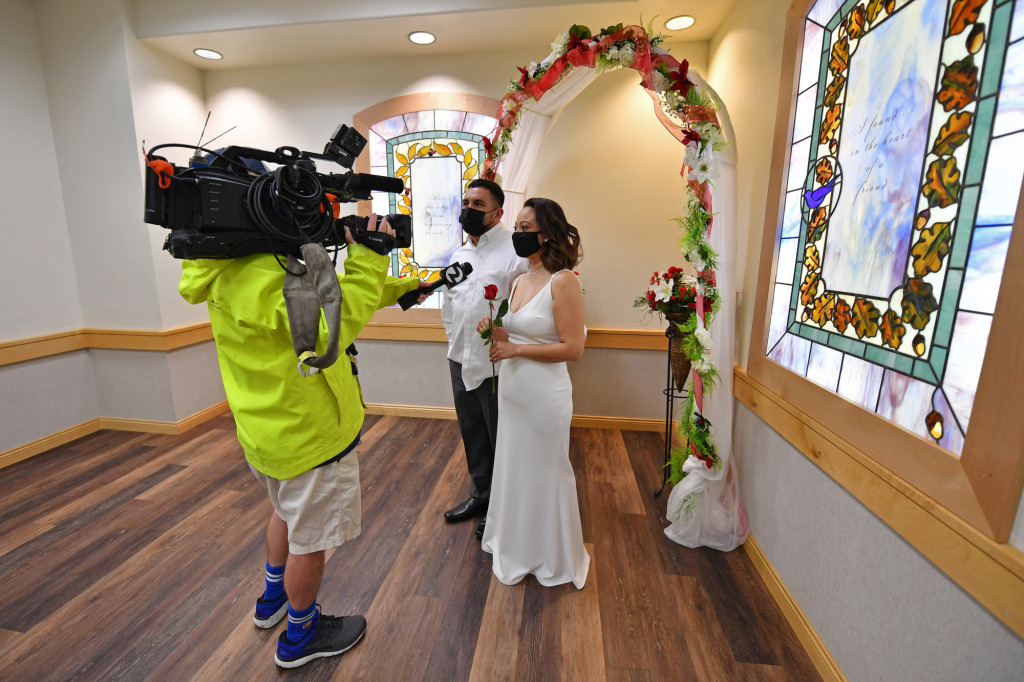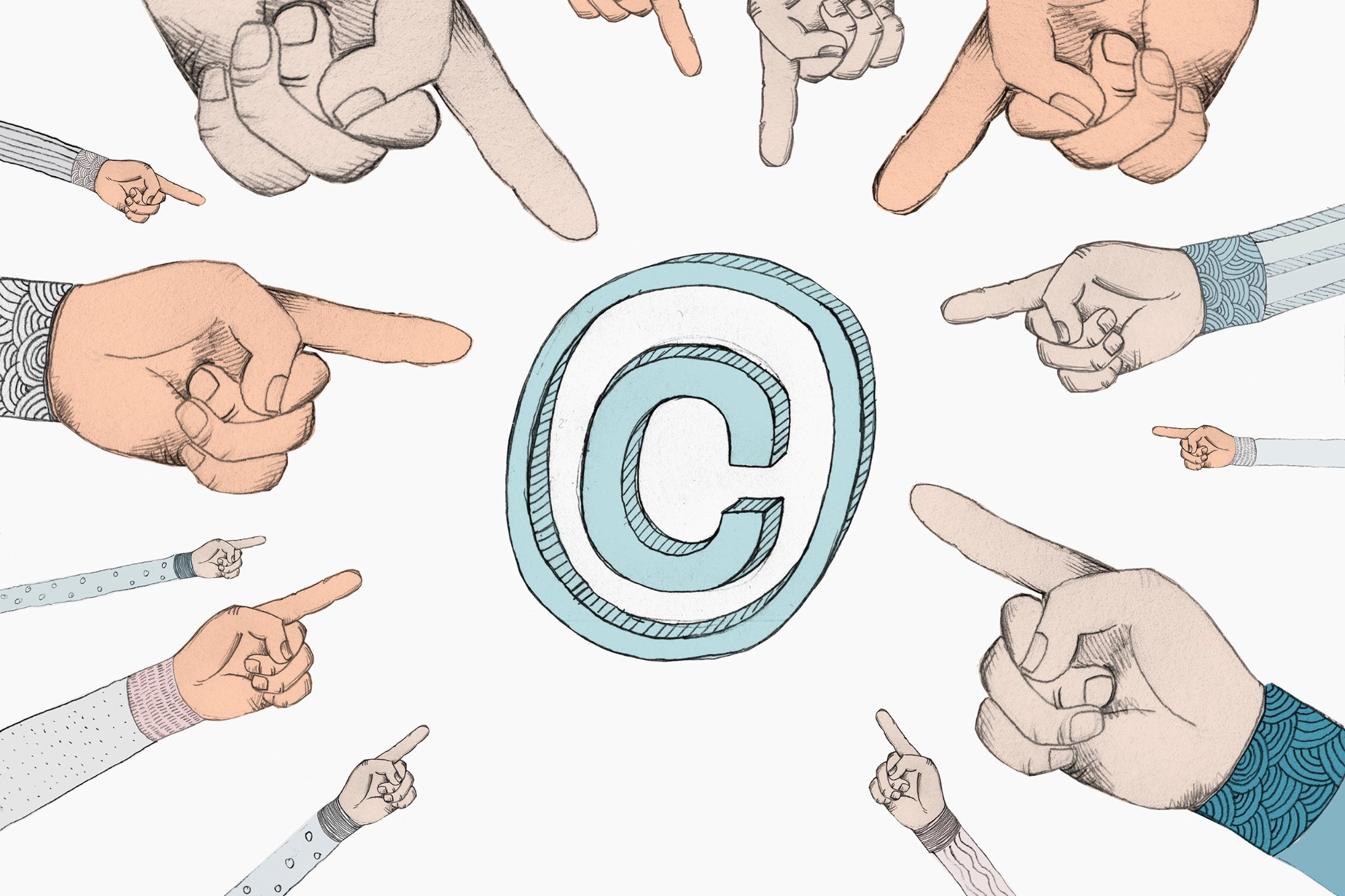California officials Friday announced updated rules for gatherings, receptions, conferences, and indoor live events and performances starting April 15 that will allow more people to congregate, especially when vaccinated.
The rules are based on California’s four color-coded restriction levels that indicate county COVID-19 infection rates — purple for widespread, red for substantial, orange for moderate and yellow for minimal — which are set to change as more people get vaccinated.
The new plan includes extra allowances for those who either test negative for COVID-19 or have been vaccinated. Here’s a quick guide to how that will work:
Q: How will the rules change for private events — meetings, receptions and conferences?
A: Greater capacity will be allowed with measures such as purchased ticketing, defined guest lists and assigned seating, and even more so if those attending show proof of a negative COVID-19 test within the past 72 hours or full vaccination.
For the purple tier, outdoor events can include up to 25 people, and up to 100 if they’re tested or vaccinated. For the red tier, outdoor events will be allowed to have as many as 50 people, or up to 200 outdoors and 100 indoors if tested and vaccinated. For the orange tier, outdoor events can expand to 100 people, and up to 300 outdoors and 150 indoors if tested or vaccinated. For the yellow tier, outdoor events can expand to 200 people, or 400 outdoors and 200 indoors if tested and vaccinated.
Q: What will be new for indoor seated live events?
A: For counties remaining in the purple tier, they will remain closed. For the red, orange and yellow tiers, only in-state visitors will be allowed, workers must be tested weekly, tickets must be electronic and purchased in advance, eating and drinking will only be allowed in designated areas rather than in seats, and suites will be limited to 25% capacity.
Small venues with capacity for up to 1,500 can allow 10% capacity or 100 people in the red tier, 15% capacity or 200 people in the orange tier and 25% capacity or 300 people in the yellow tier. If guests are tested or vaccinated, venues can have 25% capacity in the red, 35% in the orange and 50% in the yellow tiers.
For venues of more than 1,500 seats located within a red-tier county, 20% capacity will be allowed if guests are tested or vaccinated. They can have 10% capacity or 2,000 people in the orange and yellow tiers with no eating or drinking allowed. But if guests are tested or vaccinated, they can have 35% of capacity in the orange and 50% in the yellow tiers.
Q: Are the rules changing for gatherings of friends and family too?
A: California currently restricts gatherings to no more than three households, regardless of a county’s tier level. It also prohibits indoor gatherings in the purple tier and discourages such gatherings in the rest. But starting April 15, outdoor gatherings can increase to 25 people in the red tier, 50 in the orange tier and 100 in the yellow tier.
Although indoor gatherings are still discouraged, the changes will expand indoor gatherings — up to three households or 10 people for red-tier counties; 25 people or 25% of room capacity for orange tier counties; and 50% capacity or 50 people for yellow tier counties.
Q: How will COVID-19 testing or vaccination be verified?
A: California Public Health Officer Dr. Tomás J. Aragón said Friday that “the state itself doesn’t plan to get into the business of doing this” and that there are private companies that provide verification services. But he also said “most people will be honest because the vaccines are freely available and the barriers getting vaccinated are coming down,” with all people 16 and older eligible starting April 15, when the rules change.
Q: What kinds of events or businesses will these new rules benefit?
A: Aragón mentioned wedding receptions, business conferences and indoor professional sports like basketball and hockey, where restrictions had made events unprofitable.
Q: Though infections have been down in California, there are worrisome reports of surges in other parts of the country and outside the U.S. caused by variants of the virus that are more transmissible and resistant to some vaccines, which many people still are unable to get access to. Are we getting ahead of ourselves and reopening too quickly?
A: Aragón said the state is keeping a close eye on variants but is also “pushing to make sure vaccination and testing is the pathway to opening up safely.” And Dee Dee Myers, senior advisor to Gov. Gavin Newsom and director of the Governor’s Office of Business and Economic Development, added that “California will still be one of the most restrictive states in the country.”










